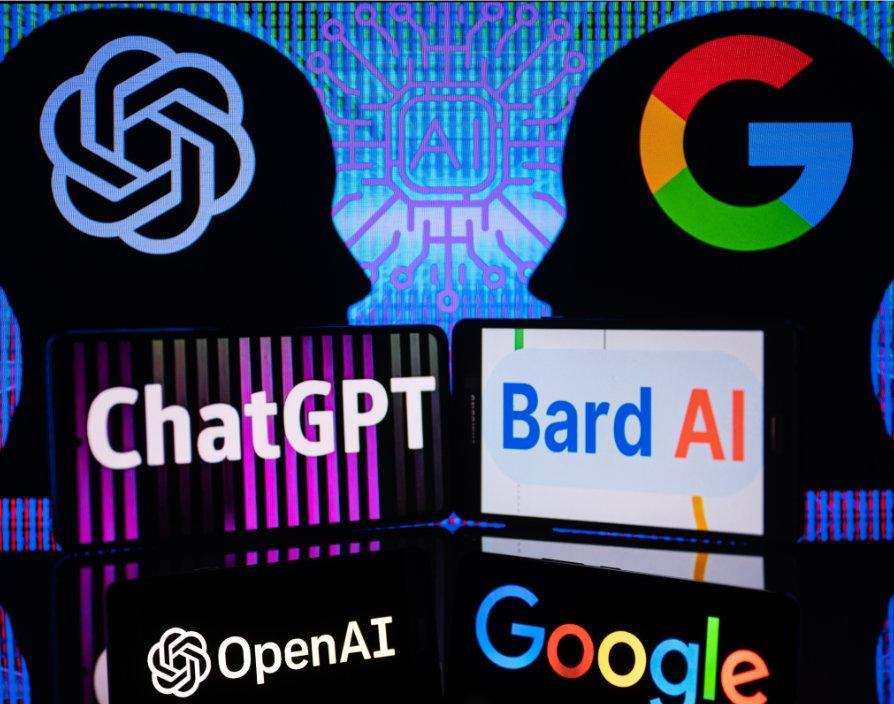In today’s digital world, technology has taken over almost every aspect of our lives, including the way we interact with businesses and brands. With the rise of chatbots and GPT (generative pre-trained transformer) technology, it’s becoming increasingly common for companies to use artificial intelligence to communicate with customers and potential clients.
However, as people become more familiar with these technologies, they may start to crave a more authentic voice.
This phenomenon is not new. In the music business, the 80s and 90s saw a similar trend. In the 80s, music production became heavily reliant on technology, resulting in dense and overproduced music. However, in the 90s, there was a rebellion against this trend, with Britpop and guitar bands stripping back to authentic singer songwriters.
Similarly, in the business world, we are starting to see a desire for authenticity over technological sophistication. People want to hear directly from business owners and real human beings, rather than chatbots or AI. Short-form content that focuses on personal interactions and genuine conversations is becoming increasingly popular.
In a world where anything is possible, authenticity will always win. People want to connect with other people, not with machines or pre-programmed responses. As a result, businesses should focus on building authentic relationships with their customers and stripping back their more traditional glossy advertising-based marketing and communication strategies.
The rise of AI has undoubtedly revolutionised the way we do business, but as we move forward, it’s essential to remember the importance of human interaction and authenticity. By focusing on more personal messaging, businesses can build stronger relationships with their customers and create a lasting impact in a world where technology is constantly changing.
Share via:








































